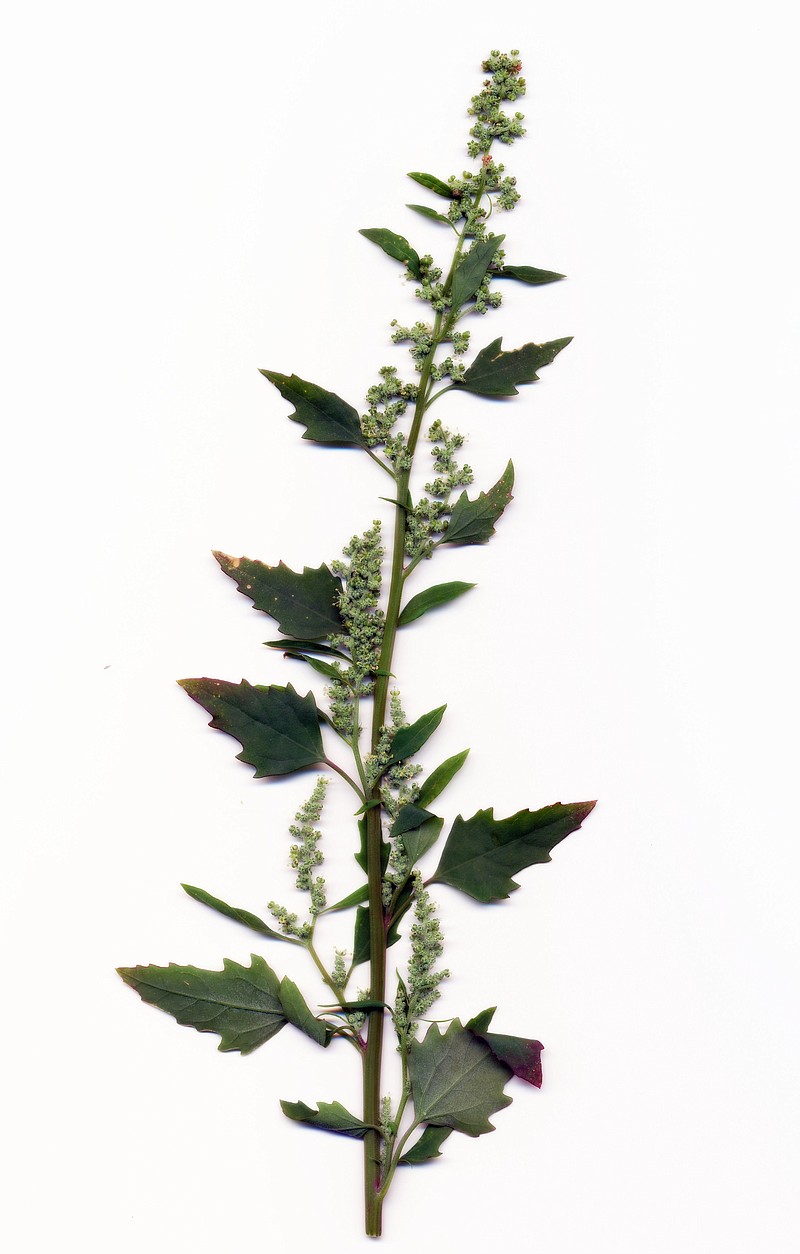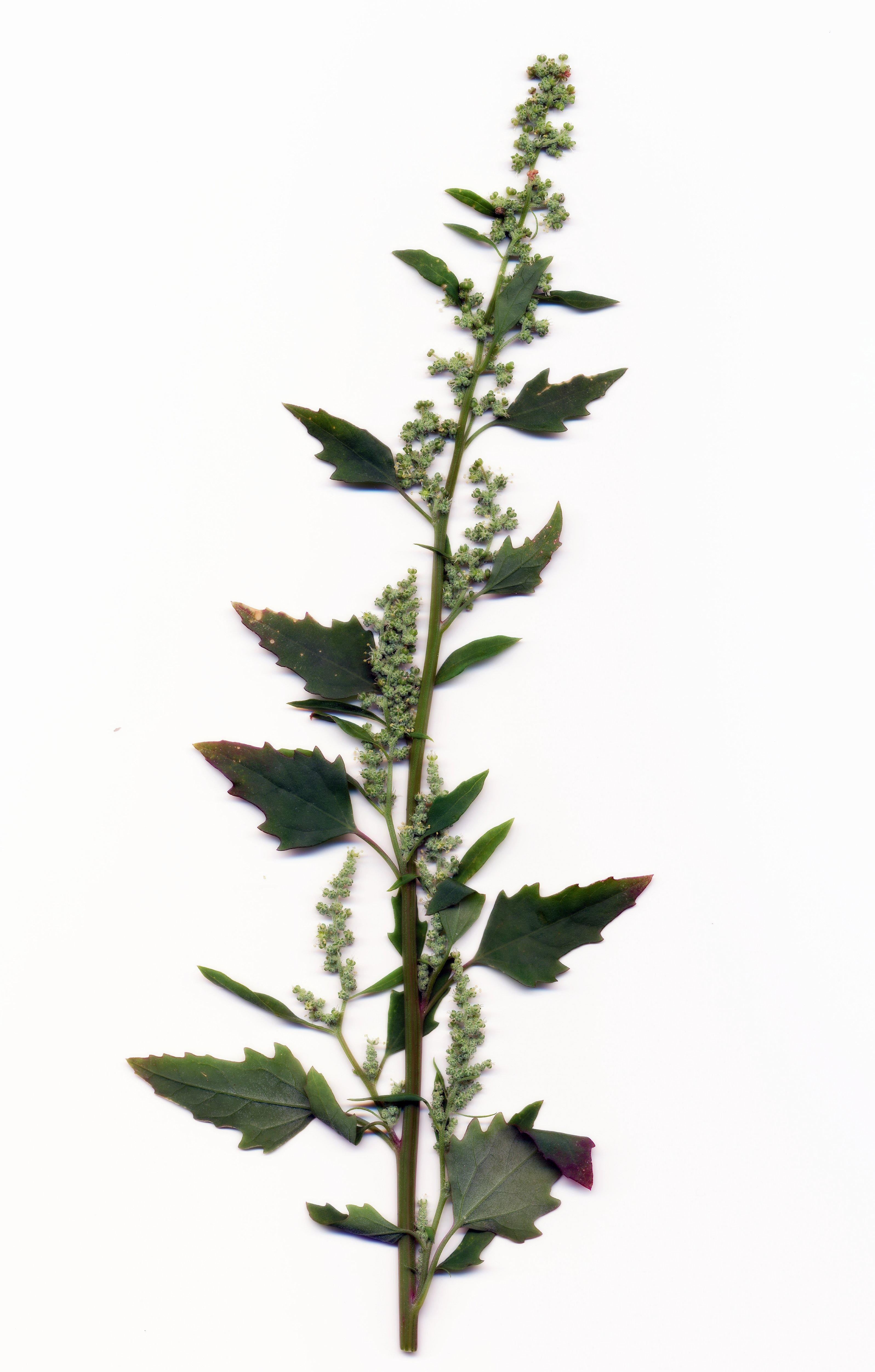It was the perfect day for a hike. The sun warmed your face as it shone through the trees and dappled your path in shades of gold. The gentle breeze cooled your light perspiration. You stooped to examine Mother Nature's artful arrangement of colorful bursts of wildflowers and wonder over the animal that left those tracks.
But that day has now turned to night. The sun has been replaced by a blanket of darkness that offers no warmth. The breeze has turned into a harsh, cold whisper that seems to howl at you from that inky blackness. You are alone, your day hike turned into a night and caught you unprepared. Wait, was that a noise? Possibly from the animal that left those tracks?
If you survive the night...
If you survive the night-and the things that go "bump" in it-you'll need food and water. But all you brought was some trail mix and one bottle of water. The trail mix is long gone; the water low.
How to find food
"Leaves of three, let them be."
"Leaves of four, eat some more."
"If it's hairy, it's a berry."
Whether or not these simple nursery rhymes always hold true, finding food in the wild can be as easy as pie ... if you know where to look. "We do in the southern Appalachian area have-I don't know if it's the greatest biodiversity but it's among the greatest- an abundance of plants that are not only edible, but medicinal too," says Holli Richey, a 17-year herbalist and local member of the American Herbalist Guild. "It's really easy to find edible plants. They're right outside our door; in our yard."
She teaches regular classes on how to identify these plants at Outdoor Chattanooga and other institutions around town. But just in case you find yourself stranded in the woods, here's a crash course.
Richey recommends avoiding mushrooms altogether. "If they've never foraged before, I think the risks probably outweigh the benefits," she says. "There are very few very toxic plants, so getting to know them would be a very good thing so you can avoid them." Despite all appearances, those delicate-looking swaths of Queen Anne's Lace and the beautiful white blooms that denote rhododendron and mountain laurel fall under that toxic category. "Those are the treelike plants that grow in our woods," Richey says in regards to the latter two and what people need to primarily avoid around here. She also warns against eating oak leaves as they "would probably tear your stomach up."
The good news is, that's about it on that list. Richey lists plantain, yellow dock, dandelion, chickweed and lambsquarters as the primary plants to look for on the helpful side, both due to their availability and nutritional properties. Most pull double duty by having medicinal uses as well, she adds. Elm, sassafras and sweetgum bark can also be eaten.
There is no easy nursery rhyme to help identify them all, so Richey recommends studying a book of photos and a book of illustrations. "The illustrator will draw the distinct features of the plant that you can't always see in the photo," she explains.
To join Richey for one of her classes, either in the classroom or out in Mother Nature (she regularly leads plant walks as well), visit hollirichey.com.
To learn how to find water and build a shelter to protect you from the harshness of that night you didn't expect to be spending in the woods, keep checking our Survivalist Series.
Lambsquarters has a triangular looking leaf with a silvery underside that Richey says, "Once you know, it's really distinct." She adds that it's very common, so chances are you might have found it.
The Old French name for dandelion is dentdelion, meaning "tooth of the lion." This can help you identify dandelions, as the leaves look like a lion's tooth that point toward the stem, Richey says.
Plantain is also very common, says Richey. So common that it was called "white man's foot," because it was stored in horse's hooves and men's boots and spread as they traversed the land.

